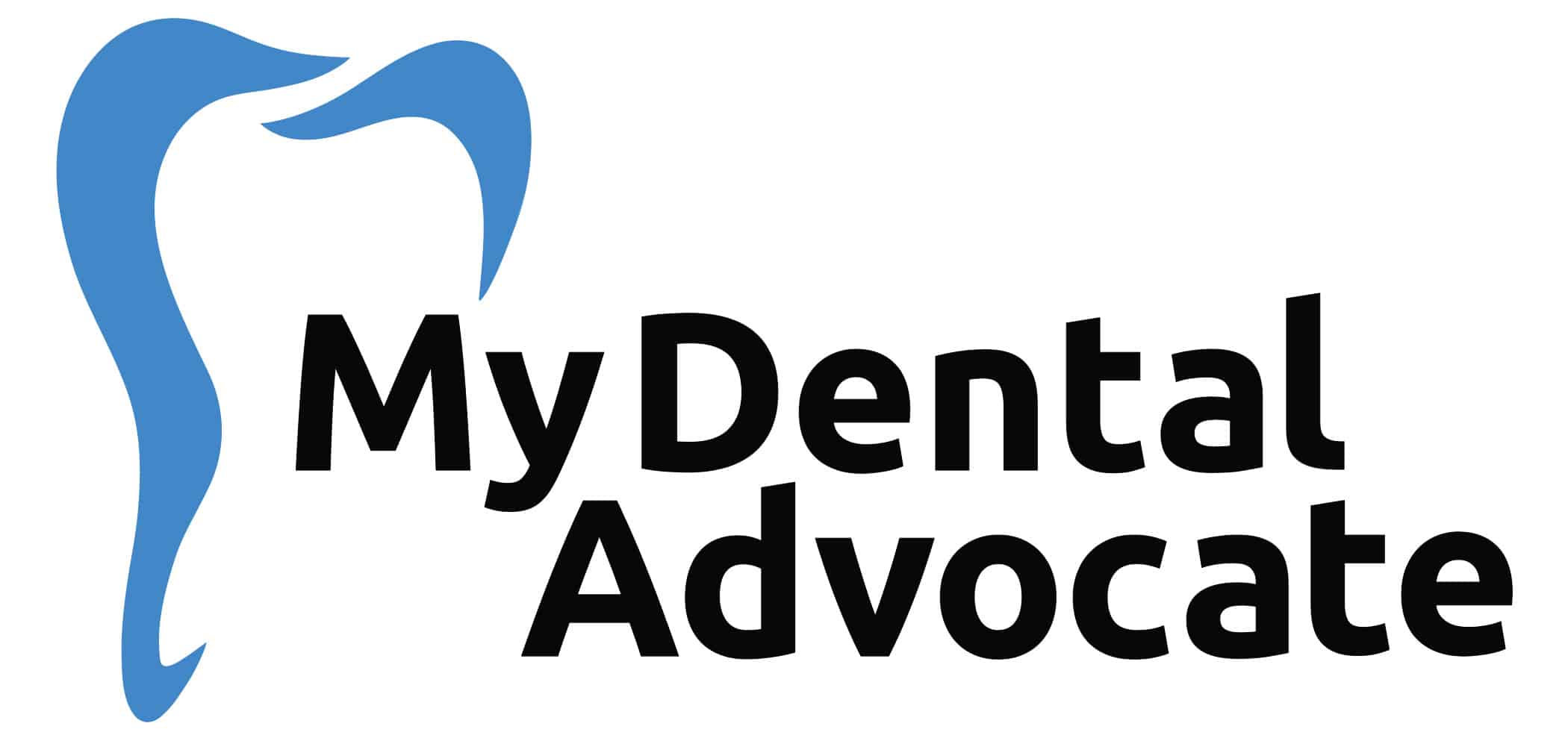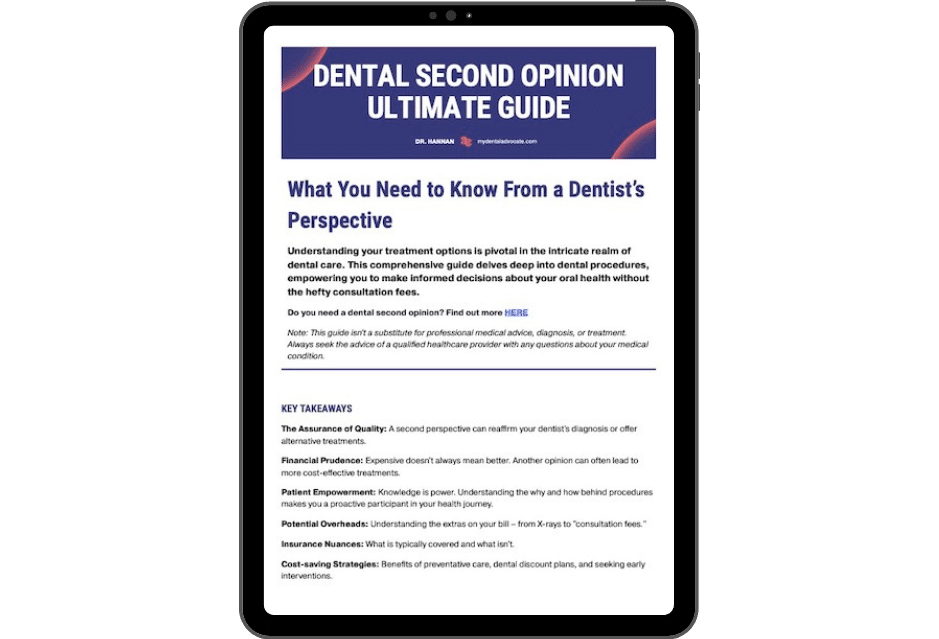Are CEREC Crowns Better Than Traditional Crowns? (Dentist’s Perspective)
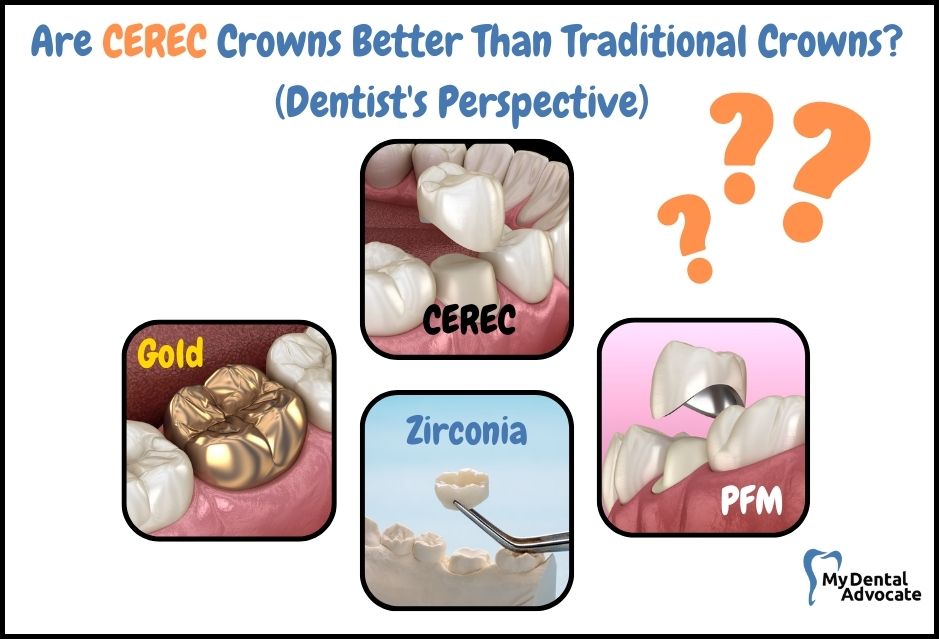
If you are like most people, you probably dread going to the dentist.
However, thanks to modern technology, many dental procedures are now more efficient and less painful.
One such procedure is the placement of a crown. Traditional crowns are made of metal and must be fitted over several appointments.
Now, CEREC crowns can be placed in just one visit!
Need Dental Advice? Ask Dr. Hannan!
What Are CEREC Crowns?
CEREC crowns are made of ceramic, a strong, aesthetically-pleasing material.
The pre-shaded blocks come in many shades to match your natural teeth’ color. CEREC crowns are fabricated in-office using sophisticated design and mill technology.
CEREC crowns are made using CAD/CAM technology. CAD/CAM technology consists of an intraoral digital scanner (rather than a gooey impression) that takes a video of the prepared tooth and adjacent teeth.
The scan is then sent to a computer using state-of-the-art software to digitally design and customize the crown.
The dentist has complete control over the entire process and can make modifications that will improve the overall fit of the crown, including shape, contact with adjacent teeth, and contact with opposing teeth.
Recommended Reading: Same-day CEREC Crown Process (Step-by-step Guide)In addition, the CAD/CAM software analyzes the adjacent and opposing teeth to accurately and precisely fit the crown within all parameters, so minimal adjustments are necessary.
For example, suppose you have a partial denture that anchors around a tooth needing a crown. In that case, the intraoral camera can scan the tooth, which is then sent to the computer to allow the software to replicate the shape tooth into the new crown design.
After the dentist approves the design, the dentist will digitally send it to the CEREC milling unit for crown fabrication. The milling unit uses two diamond burs to carefully trim the crown from a pre-formed, shaded ceramic block.
The milling process takes six to twelve minutes, depending on what restoration is being milled.
CEREC crowns are not the only restorations that the dentist can fabricate. Inlays, onlays, and veneers can also be designed and milled in-office within a single visit.
The entire process from start to finish usually takes less than two hours, which is a considerable improvement over traditional crowns.
Recommended Reading: What Are CEREC Crowns? (Advantages & Disadvantages)
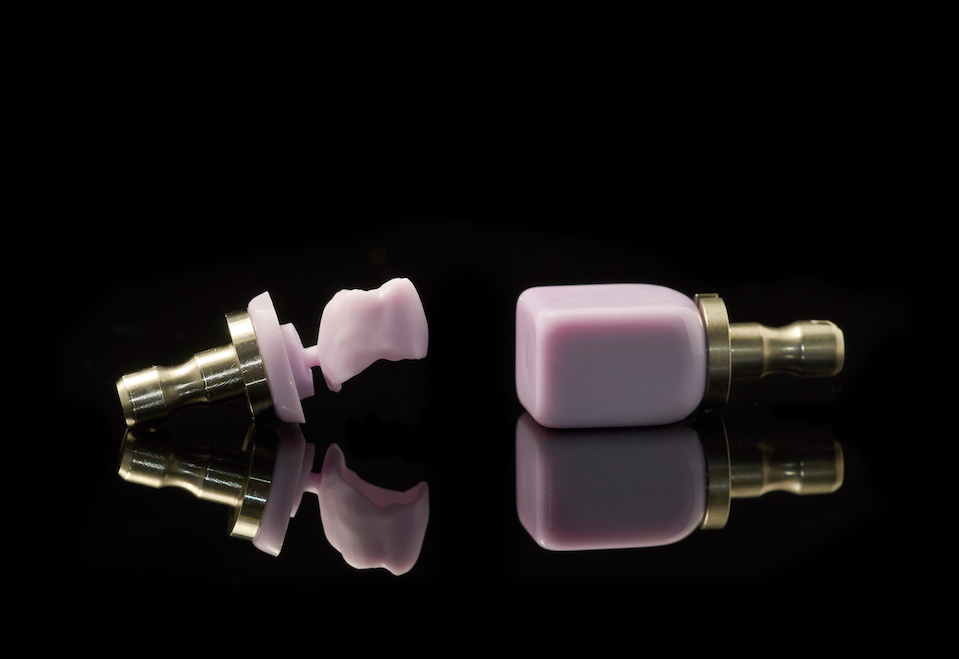
What Are CEREC Blue-Block crowns?
CEREC blue-block crown refers to Ivoclar’s IPS e.max CAD block that is blue before firing.
After firing the material in a specialized oven for about 20 minutes, it transitions into a natural tooth color shade.
The CEREC blue-block crown is one of many materials available.
CEREC Crown Materials
Dentsply Sirona and Ivoclar are the two leading manufacturers of CEREC blocks, and each material has advantages and disadvantages. For example, Dentsply Sirona manufactures three types of ceramic, feldspar ceramic, glass-ceramic, and zirconia ceramic.
Ivoclar is well-known for the IPS e.max CAD block, constructed from lithium disilicate glass-ceramic (LS2).
It’s the “world’s best-selling glass ceramic” and is known for its high strength and esthetics.
Different Crown Materials
- Feldspar Ceramics: Resembling natural enamel, they blend well with adjacent teeth. Ideal for inlays, onlays, and crowns, feldspar ceramics offer high aesthetics and don’t need a firing phase post-milling. They boast a 90% survival rate over ten years.
- Glass Ceramics: These can be milled and polished for immediate cementation or fired for added strength. The CEREC Tessera crown, for instance, can be milled rapidly and offers enhanced durability.
- Zirconia Ceramics: Known for their exceptional strength, zirconia crowns come in various shades. While not as aesthetic as other types, their durability and hardness are unmatched. They require milling and firing before cementation. Zirconia-reinforced options like Celtra Duo crowns offer impressive strength.
- Lithium Disilicate Ceramics: Widely used for over a decade for crowns, veneers, and implant abutments, these crowns are highly versatile and reliable, with a 97.2% survival rate over ten years. They undergo an additional firing phase for hardening and color transition. IPS e.max crowns are a popular choice in this category.
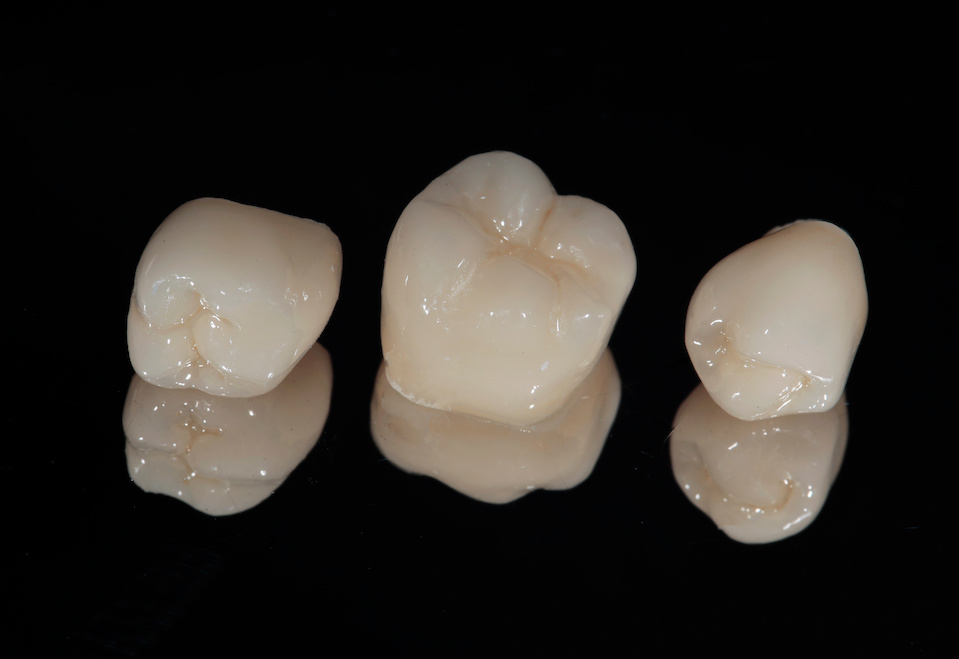
Recommended Reading: How Do CEREC Crowns Stay On? (Top 8 Reasons Crowns Fall Off)
Are CEREC Crowns Stronger than Traditional Crowns?
This is a loaded question; it’s debatable.
Some dentists believe that CEREC crowns are less likely to chip or break than other porcelain crowns but more likely to chip or break than traditional gold or zirconia crowns.
Glass-ceramic CEREC crowns are the weakest type of crown; however, it’s the most esthetically pleasing. Zirconia ceramic crowns are the strongest CEREC crown, but they are not the most esthetic because of their opacity.
Lithium disilicate (e.max/blue-block) provides an outstanding balance between durability and esthetics.
Traditional gold crowns are stronger than CEREC crowns and won’t fracture under heavy loads, including teeth grinding or clenching. Therefore, gold or Zirconia crowns are an excellent choice for these patients.
But, first, let’s compare the CEREC crown with other crown materials.
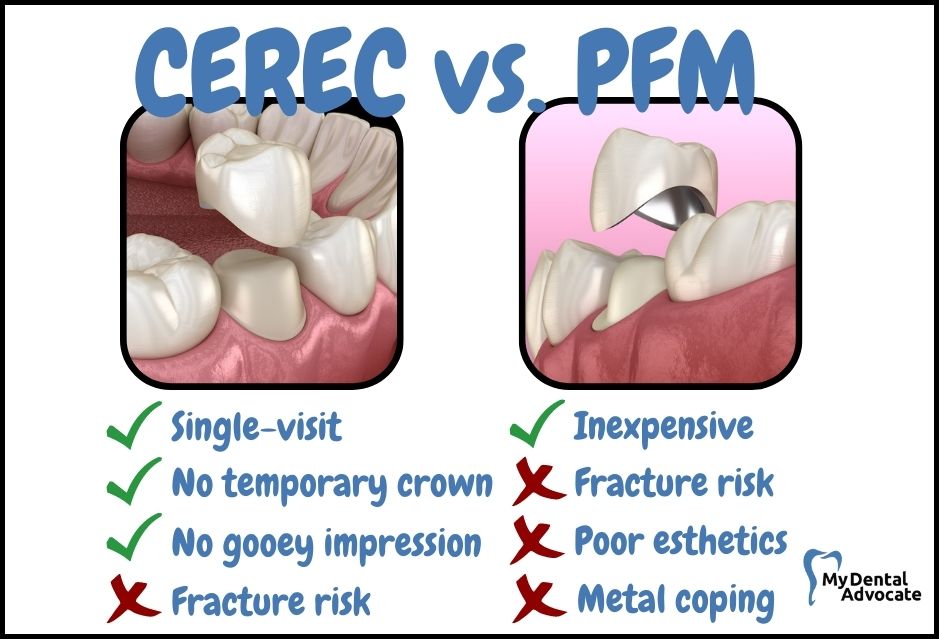
CEREC Crown vs. PFM Crown
PFM (porcelain-fused-to-metal) crowns have been around for many years and consist of a metal coping with porcelain fused for esthetics.
The significant differences between PFM and CEREC crowns are that PFM crowns require fabrication in the dental laboratory.
In addition, it contains metal that can be unsightly and is not biocompatible with oral tissue (unlike CEREC crowns).
For example, tissue irritation may occur where the metal portion of a PFM crown interacts with the gums.
Because PFM crowns are sent to the dental lab, they require multiple visits to the dentist and possibly multiple injections (sometimes injections are not needed for the crown delivery appointment).
In addition, a gooey impression is required, and a temporary crown is placed for 1 to 3 weeks. On the other hand, CEREC crowns can be completed in a single visit within two hours, and no gooey impression or temporary crown is needed!
The main advantage of a PFM crown is the cost. They are much less expensive than CEREC crowns, but they come with many tradeoffs, as previously mentioned.
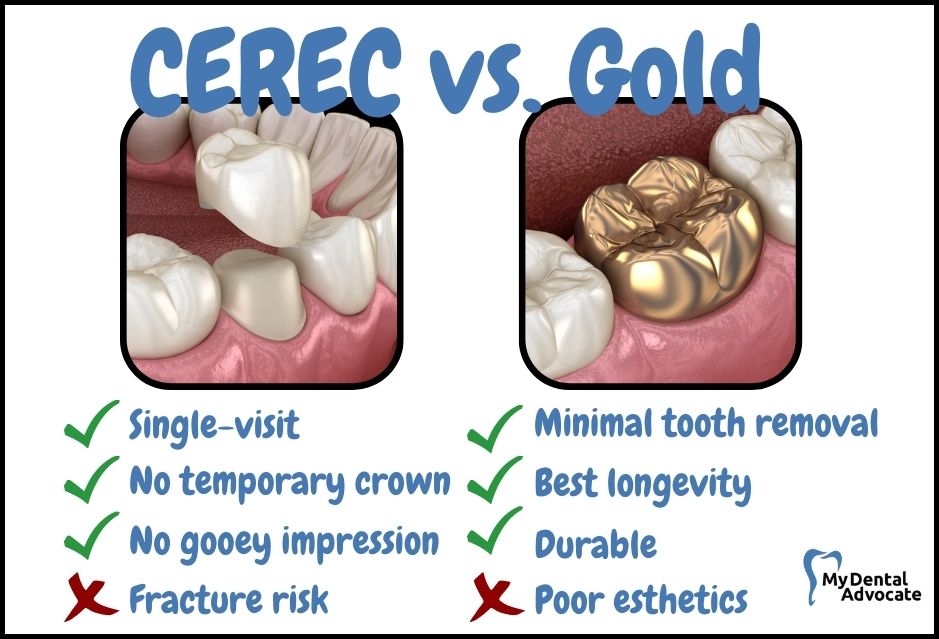
CEREC Crown vs. Gold Crown
Gold crowns have been used for many years and are very strong.
They can last 20+ years with proper maintenance and oral hygiene care.
The main advantage of gold crowns is that they are highly durable and will not chip or break like other materials. Gold crowns are fabricated with varying amounts of actual gold.
The higher the gold content, the softer the crown. Gold crowns are never pure gold and contain other alloys or non-precious metals.
The tradeoff is that they are not as esthetic as CEREC crowns and can discolor the surrounding teeth or irritate the gum tissue. In addition, gold crowns, like PFM crowns, require a gooey impression, a temporary crown, and multiple visits.
CEREC crowns are highly versatile, and the CEREC crown process allows for milling errors or design mistakes. For example, if a CEREC crown is milled and fits poorly, the dentist can mill another crown within six to twelve minutes.
If a traditional crown does not work, a new impression is taken, the temporary crown is recemented (for 1 to 3 more weeks), and another visit is needed (another injection is possible as well).
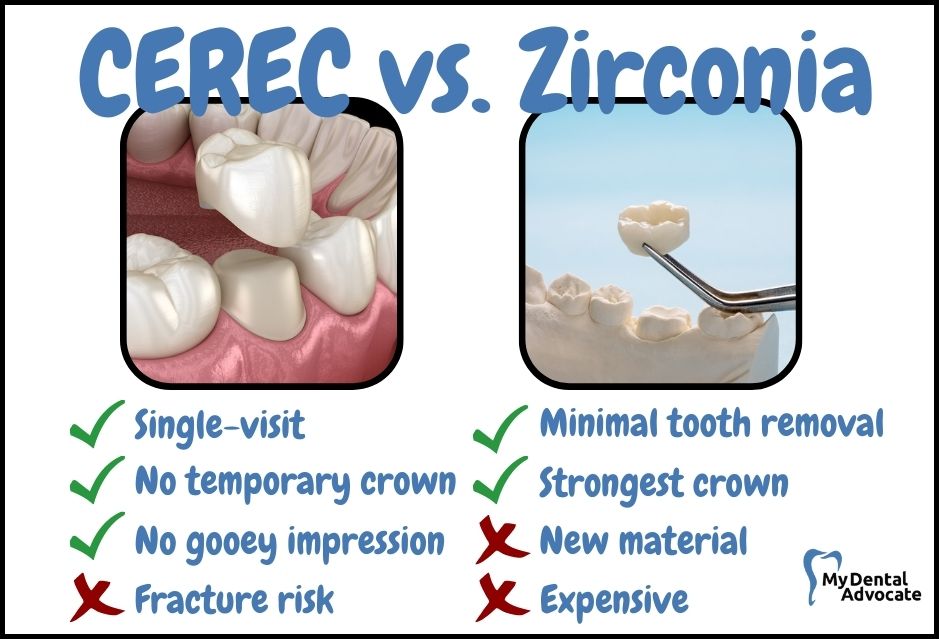
CEREC Crown vs. Zirconia Crown
Zirconia is a newer crown material compared to other traditional crowns.
They are extremely strong and recommended for patients that grind or clench their teeth.
In addition, zirconia and gold crowns can be fabricated with a minimal thickness (0.5-1 mm) and is an excellent choice for molars (particularly second molars).
Second molars receive high bite force and are shorter teeth, so removing less tooth structure for a zirconia crown is superior.
Zirconia tops CEREC with strength and durability; however, CEREC crowns are more esthetic and can be chemically bonded to the tooth. Crowns can either be cemented or bonded, depending on the crown material.
Short teeth are better suited for crowns that can be chemically bonded to prevent the crown from falling off.
Are CEREC or Porcelain Crowns Better?
CEREC and porcelain crowns have both advantages and disadvantages.
It ultimately depends on the patient’s individual needs and preferences. For example, lab-made porcelain crowns can be custom-shaded and will be more esthetically pleasing than most CEREC crowns.
The esthetic gap is closing as CEREC crown technology is improving. Crown translucency and color shading are two significant improvements in recent years.
In addition, some CEREC crown materials, such as lithium disilicate glass-ceramic (e.max CAD), can be custom-shaded with color dyes before firing.
Aside from esthetic differences, a porcelain crown can not match the efficiency of a CEREC crown as the dentist can complete it within two hours without a temporary crown and a gooey impression.
What Is the Best Type of Crown?
It depends, so let’s take a closer look at ALL scenarios.
Best Options
- Most Esthetic Traditional Crown: Porcelain crowns from dental labs offer the best aesthetics. Lab technicians can customize shades, adding details like translucency and texturing for a perfect match with adjacent teeth.
- Fastest Crown with Esthetics: CEREC glass-ceramic crowns are the quickest. They can be completed in 1-2 hours. Vita Mark II is a preferred choice for rapid, aesthetic results.
- Fastest Crown with Strength: CEREC lithium disilicate (e.max CAD) crowns balance speed, durability, and aesthetics. They require a post-milling firing step, significantly boosting strength.
- Strongest CEREC Crown: CEREC zirconia crowns, reinforced with zirconia particles, are extremely durable. They’re ideal for molars and patients who grind their teeth, though less aesthetic.
- Strongest Traditional Crown: Lab-made zirconia crowns are the most durable. They’re incredibly strong (can be hammered into wood!) but are best for molars due to their aesthetic limitations.
- Best Longevity: Gold crowns excel in longevity, often lasting 20+ years. They’re typically used on molars, especially lower ones, to minimize visibility when smiling.
Recommended Reading: When Are CEREC Crowns NOT Recommended (Top 6 Reasons)
What Type of Crown Lasts the Longest?
This is another loaded question; it depends.
Most dentists will say gold crowns have the best longevity; however, others would disagree. Along with gold crowns, CEREC crowns are another great option because they are chemically bonded to the teeth.
Time will tell which crown material is best, but CEREC technology is steadily improving using clinical trials and research.
My Experience & Expertise
Crowns are essential to restoring a tooth to its original function and appearance.
When a tooth is damaged or decayed, a crown can be used to cover the damaged portion of the tooth and protect it from further damage. Crowns can also be used for cosmetic purposes to improve the appearance of teeth that are discolored, misshapen, or have gaps between them.
CEREC and traditional crowns have pros and cons, so talk to your dentist about what crown material is best for you.
If you want to learn more about CEREC crowns, visit the content hub HERE.
Need a second opinion? We can help! Learn more. Knowledge is power when cultivating healthy dental habits. The more informed you are, the better positioned you’ll be to prevent avoidable and potentially costly dental procedures for you and your family. Watch for future blog posts, where we’ll continue sharing important information, product reviews and practical advice!
Sources
- Zimmer S. Long-term survival of Cerec restorations: a 10-year study. Operative Dentistry, 2008.
- Brandt S. IPS e.max for All-Ceramic Restorations: Clinical Survival and Success Rates of Full-Coverage Crowns and Fixed Partial Dentures. Materials (Basel). 2019 Feb
- Dentsply Sironia (CEREC)
- Ivoclar (CEREC)

About the Author
Dr. Matthew Hannan, also known as “Dr. Advocate,” is a board-certified dentist on a mission to provide accurate dental patient education. He attended Baylor University before completing dental school at UT Health San Antonio School of Dentistry. He now lives in Arizona with his beautiful wife and 4 kids. Dr. Hannan believes everyone should access easy-to-read dental resources with relevant, up-to-date dental research and insight to improve their oral health.

Connect with Dr. Hannan!
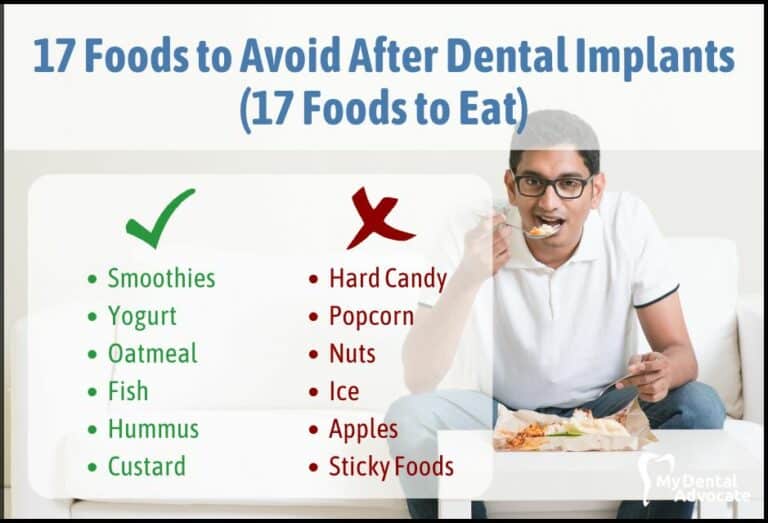
17 Foods to Avoid After Dental Implants (17 Foods to Eat)
If you’ve recently undergone dental implant surgery, you are likely excited to return to your everyday eating habits. However, it’s essential to be mindful of the foods you consume in the weeks following your procedure…

Brio (Ollie) SmartClean Sonic Electric Toothbrush Review 2024
Are you looking to take your oral hygiene to the next level? Meet the Brio (Ollie) SmartClean Sonic Electric Toothbrush—the game-changer in dental care. Launched in 2015 and backed by dental professionals, this innovative toothbrush offers sonic technology, multiple brushing modes, and an impressive 6-week battery life.
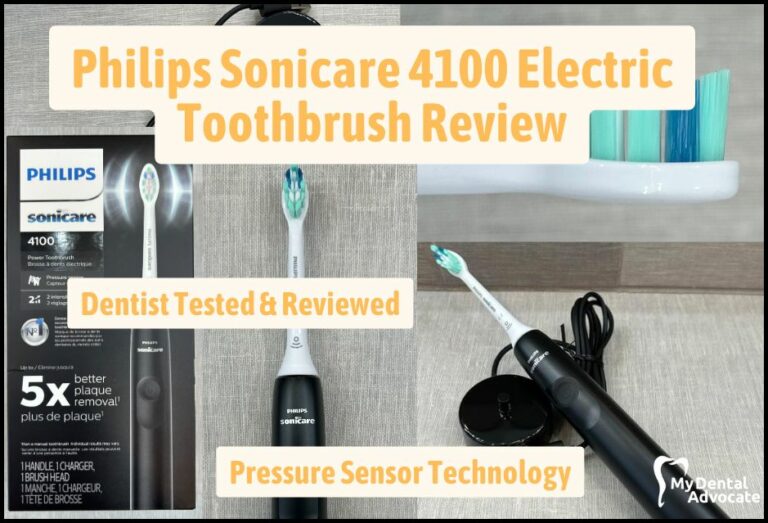
Sonicare 4100 Electric Toothbrush Review
Looking for a toothbrush that’s easy to use and delivers exceptional cleaning performance? Look no further than the Philips Sonicare 4100 electric toothbrush! As a dentist who has tested and reviewed hundreds of dental products…
Gain Clarity with Our FREE Second Opinion Guide
Receive clear, expert second opinions online within 48 hours. Start today!
Product Reviews
Our 250+ dental product reviews (and counting), curated by an experienced dentist, are the most comprehensive online.
Toothbrush Genie
State-of-the-art chatbot designed to help you discover your perfect toothbrush in just a few simple steps!
Cavity Risk Assessment
Cutting-edge digital tool designed to evaluate your individual cavity risk based on your responses to a series of questions.
Gum Disease Assessment
Discover your gum disease risk with our quick and engaging 6-question assessment!
